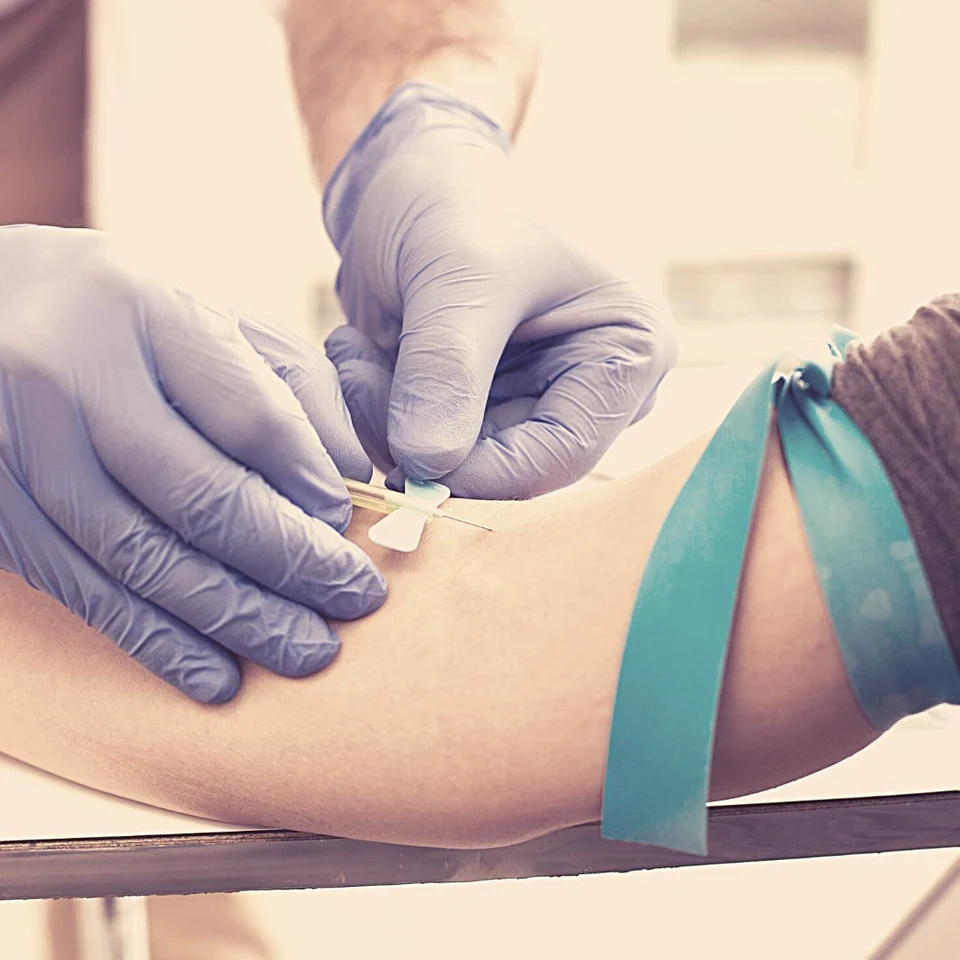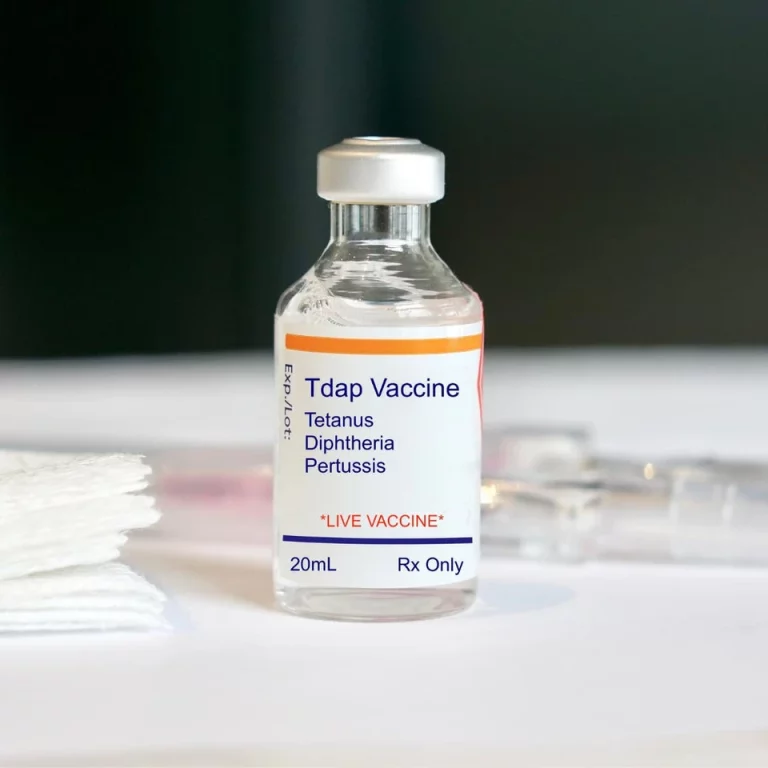Postpartum Glucose Test After Gestational Diabetes
The postpartum glucose test, usually done between 4-12 weeks postpartum, is an important medical examination for women who have experienced a high risk pregnancy due to gestational diabetes. Gestational diabetes is a condition where women without a previous history of diabetes develop high blood sugar levels during pregnancy. To ensure the long-term health of the mother, postpartum testing of glucose blood levels is important as it helps to identify any potential risk of developing type 2 diabetes or other complications later in life.
The American College Of Obstetricians and Gynecologists recommends that the postpartum glucose test is done between four to twelve weeks after delivery for all patients who have had previous GDM. It involves a 75-g two-hour fasting oral glucose tolerance test (OGTT). The test is performed at a healthcare provider’s office, and the expectant mother should be fasting, meaning no food or drink should be consumed prior to the examination. The results of this test can offer crucial information to the mother and her healthcare team, helping them make informed decisions about her future health and well-being.
What Is A Postpartum Glucose Test
A postpartum glucose test is a screening test performed after childbirth to assess a woman’s glucose levels and identify potential glucose intolerance or diabetes that may have developed during pregnancy or persisted after delivery. You can discuss the logistics of the glucose postpartum screening with your health care provider during one of your first or second postpartum visit.
This test is similar to the screening tests that are done during normal prenatal care to assess your blood glucose level. It can be done by your Maternal-Fetal Medicine Doctor or it can be done by your Ob Gyn or Primary Care Physician. ACOG guidelines recommend that healthcare professionals screen patients postpartum for diabetes if they had GDM during their pregnancy. Even if your gestational diabetes was well controlled with medical therapy, making sure to get the postpartum glucose test during the immediate postpartum period is very important.
Types of Postpartum Glucose Tests
Postpartum glucose tests are used to screen women who had gestational diabetes during their pregnancy. These tests aim to detect diabetes, impaired fasting glucose, or impaired glucose tolerance after giving birth, as there a higher risk of developing type 2 diabetes.
Oral Glucose Tolerance Test (OGTT)
Oral glucose tolerance testing is one of the most common tests used for postpartum glucose screening. It measures the body’s response to glucose by analyzing blood sugar levels at specific intervals after consuming a glucose solution. The procedure typically involves fasting overnight, followed by a blood sample collection to measure the baseline glucose levels.
It involves a 75-gram glucose solution given orally, followed by measuring blood glucose levels at regular intervals over a period of two hours. Next, the woman drinks a glucose solution, and her blood glucose levels are tested at specific intervals over the course of two or three hours.
A fasting blood glucose measurement is taken before consuming the glucose solution. Abnormal blood glucose levels during the test may indicate diabetes or impaired glucose tolerance.
How To Interpret Results For OGTT
For the oral glucose tolerance test (OGTT) using 75 g oral glucose load with measurement of 2-hour plasma glucose levels, the interpretation is as follows (source):
Normal: less than 140 mg/dL (7.8 mmol/L)
Prediabetes or impaired glucose tolerance (IGT): 140 to 199 mg/dL (7.8 to 11.0 mmol/L)
Diabetes: ≥200 mg/dL (11.1 mmol/L)
Fasting Plasma Glucose Test
The Fasting Plasma Glucose (FPG) Test measures blood glucose levels after a period of fasting, typically 8 hours. This test helps to detect diabetes or impaired fasting glucose in the postpartum period. A high fasting plasma glucose level may indicate the need for further testing or intervention.
How To Interpret Results For Fasting Plasma Glucose Test
For fasting plasma glucose (FPG) levels, the interpretation is as follows (source):
Normal: less than 100 mg/dL (5.6 mmol/L)
Prediabetes or impaired fasting glucose (IFG): FPG 100 to 125 mg/dL (5.6 to 6.9 mmol/L)
Diabetes: FPG ≥126 mg/dL (7.0 mmol/L)
Hemoglobin A1C Test
Related: What To Eat Before Glucose Test Pregnancy For Accurate Results
The Hemoglobin A1C Test is another method for postpartum glucose screening. This test measures the percentage of glycated hemoglobin in the blood, providing an indication of average blood glucose levels over a period of 2-3 months. The Hemoglobin A1C Test is useful in detecting diabetes and in monitoring blood glucose control for women who have already been diagnosed with the condition.
It is essential for women who had gestational diabetes to undergo postpartum glucose testing between 6-12 weeks after giving birth. This can help identify any potential issues and allow for timely interventions to reduce the risk of developing type 2 diabetes or other complications.
How To Interpret Results For Hemoglobin A1C Test
Interpreting hemoglobin A1C values during a postpartum glucose test follows the same principles as interpreting A1C values in general. Hemoglobin A1C values below 5.7% are considered normal, while values between 5.7% and 6.4% indicate prediabetes. Values of 6.5% or higher on two separate tests indicate diabetes (source: Mayo Clinic, CDC). However, it’s worth noting that elevated hemoglobin A1C values during a postpartum glucose test may be a sign of gestational diabetes mellitus (GDM), which should be taken seriously as it can have long-term effects.
Body Mass Index (BMI) And Gestational Diabetes
The relationship between BMI and the development of type 2 diabetes after gestational diabetes has been observed in various previous studies. Body Mass Index (BMI) is a widely used medical screening tool to estimate the amount of body fat an individual has, based on their height and weight ratio. However, it is important to consider that BMI might not provide a complete picture of an individual’s overall health.
In the context of gestational diabetes and the development of type 2 diabetes, BMI can be useful in understanding potential risks. Research has shown that patients who have excess body fat, particularly around the mid section and belly area, have an increased incidence of type 2 diabetes following gestational diabetes. Pregnant women who have an high BMI likely need to gain less weight during pregnancy than those women who have a normal or low BMI.
It is important for women with a history of gestational diabetes to monitor their BMI and take necessary steps to maintain a healthy weight. This may include adopting healthier lifestyle habits, such as a balanced diet and regular exercise (American Diabetes Association).
Some risk factors associated with a higher Body Mass Index and gestational diabetes are:
- Family history of type 2 diabetes
- Being overweight or obese before pregnancy
- Previous history of gestational diabetes
- Polycystic ovary syndrome (PCOS)
- Ethnic background where population has higher risk of type 2 diabetes
However, although a higher BMI can indicate an increased risk, it is not the sole determinant of type 2 diabetes development. Other factors, such as age, family history, and lifestyle habits, also play a significant role in determining an individual’s risk. Additionally, due to BMI’s limitations as a measure of health, it is crucial to assess other risk factors and health markers, such as blood pressure, cholesterol levels, and blood sugar management, for a comprehensive understanding of one’s risk (Harvard Health).
How to Prepare For The Postpartum Glucose Test
To prepare for the postpartum glucose test, it is important to follow some guidelines that will help ensure accurate results. This includes adhering to a fasting period, following a balanced diet, and being aware of any possible side effects or complications.
Before the test, you might be asked to fast for a certain period, usually around 8 hours. This means avoiding any food or drink, aside from water, during that time frame. Fasting is essential because it allows for an accurate measurement of your baseline blood sugar levels source.
Leading up to the test, it’s also important to maintain a well-balanced diet that limits your intake of sugar and simple carbohydrates. A healthy diet can help increase your chances of passing the test and reduces the risk of developing gestational diabetes source.
How Soon After Birth Does Gestational Diabetes Go Away?
Gestational diabetes within days to weeks following delivery. The exact time that blood glucose will normalize depends on each individual person. Patients with gestational diabetes will be tested around 6 weeks after giving birth. If the results of the postpartum glucose test are normal, you should be rechecked in one year because almost 70% of women who have had gestational diabetes will go on to develop Type 2 Diabetes at some point in their life. This can happen even years after the postpartum period.
Why Does Gestational Diabetes Go Away After Birth?
After giving birth, the hormonal changes that occur during pregnancy stop, and the body returns to its pre-pregnancy state. This means that the insulin resistance that was caused by the pregnancy hormones also disappears, and blood sugar levels return to normal. In most cases, gestational diabetes goes away after delivery. Still, as mentioned above, women who have had gestational diabetes are at an increased risk of developing type 2 diabetes later in life. Therefore, it is important for these women to have regular check-ups and maintain a healthy lifestyle to reduce their risk of developing diabetes in the future.
Postpartum Glucose Test: Summary
There are many things that a woman must deal with during the postpartum period. From postpartum rib pain, healing perineal scar tissue, and breastfeeding to ensuring that their blood sugar has normalized, it can be a stressful time.
Early detection and management of postpartum glucose intolerance contribute to improving the long-term health of women, as it helps prevent or delay the development of type 2 diabetes and its associated complications.
Fortunately, in the vast majority of cases gestational diabetes will resolve after birth and immediate postpartum diabetes is not common. Although this is true for most patients, it is still very important for anyone who has a history of GDM during their pregnancy to get a postpartum glucose test to ensure that their blood glucose levels have returned to normal.
We discuss products we think are useful to people. If you buy something through our links, we may earn a commission. Remember to check with your personal physician to see if a product recommended is right for you.








